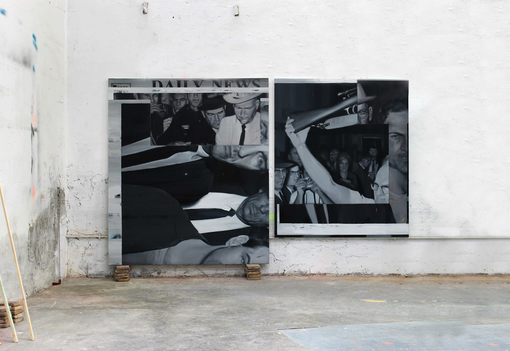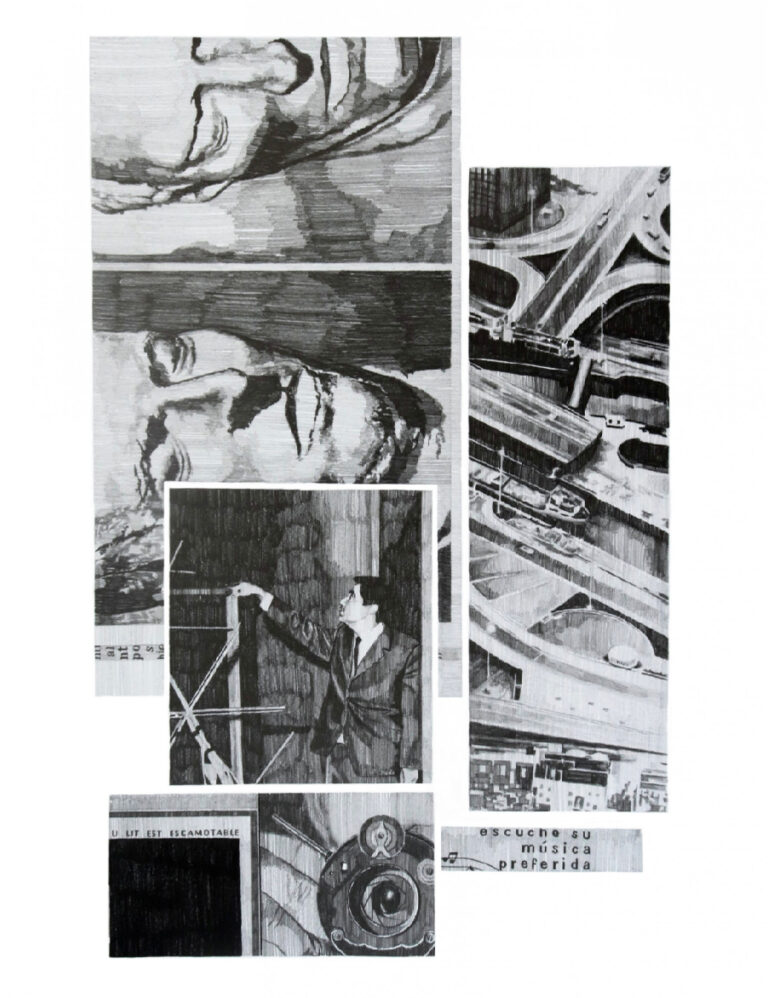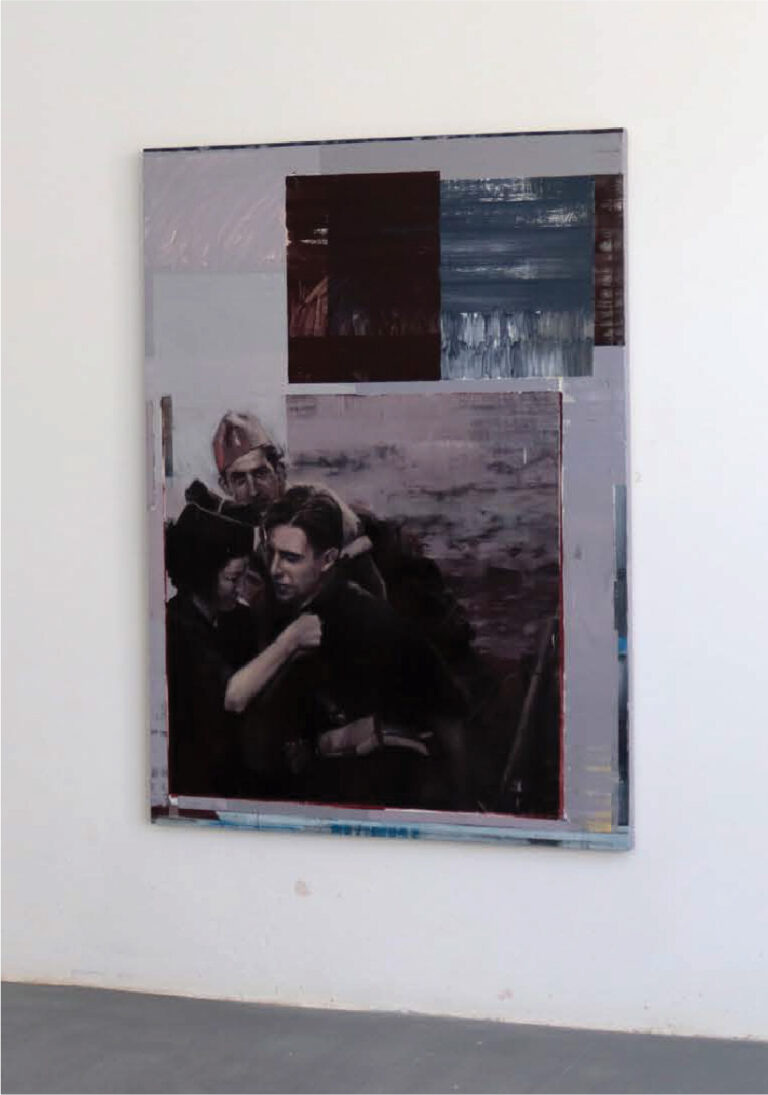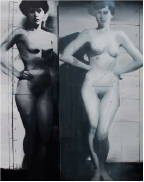Ana Ciscar
Valencia, Spain
1993

Graduated in Fine Arts from the Universidad Politécnica de València in 2015 and completed the Master of Artistic Production at the same university, she specializes in the branch of Contemporary Thought and Visual Culture.
She currently works as a visual artist within the field of contemporary painting and photography, participating in numerous group exhibitions, among which the Mostra TEST, the Biennial in Mislata by Miquel Navarro, the PAMPAM17 Exhibition at the IVAM, or the recent The act of seeing with no eyes in the Punto Gallery. She has also been awarded with different prizes and distinctions throughout these years, such as the first Prize of the Autumn Salon of the Ateneo Mercantil de València, the Mardel Visual Arts Prize 2019, or the International Painting Prize of the Mainel Foundation in 2017, as well as a finalist in the Premi Senyera 2020 of the Valencia City Council.
Ana Císcar's work explores the value of the image and its narrative potential. In her work she delves into the tension that comes from attributing to documentary photography the quality of faithful representation of reality, contrasting the interpretive character of constructed narration, that is granted to the arts, and particularly to painting.
The artist starts from the appropriation of old, archive and press photographs, which she transfers to plastic language through a complex montage work with the images, based on blurring, recomposing and juxtaposing the originals. This peculiar deconstructive strategy allows him to rethink and re-activate the material used, turning certain imaginaries upside down, and questioning the politics of visuality. The result is hybrid paintings that, although they may retain the aspect of a document of reality, have a tone of disturbing strangeness.
Ana Císcar's intervention, by decontextualizing the images, creates discontinuities that urge the viewer to question the meaning of what he sees. The effect is increased by the presence of texts, sometimes manipulated, which not only add confusion, but also underline the need for a narrative structure or context to be able to read any type of image, even a documentary photograph.
Thus, the artist renounces control of discourse and promotes an open and multidirectional reading that suggestively links photography, painting and story, at the same time that she questions what images can show, but also hide.
Available artworks
2018
Ana Ciscar
150 x 200 cm
oil, enamel, spray
2023
Ana Ciscar
150 x 130 cm
oil, enamel, spray







